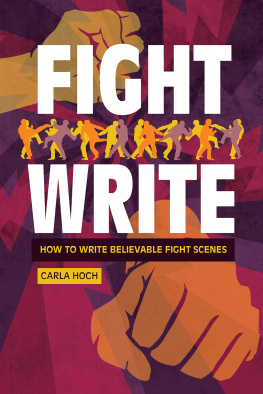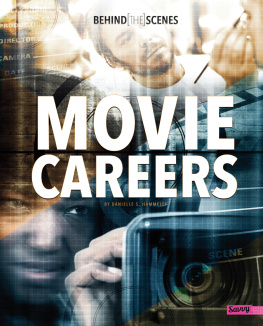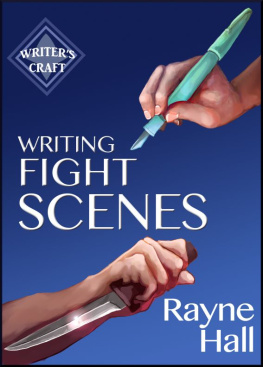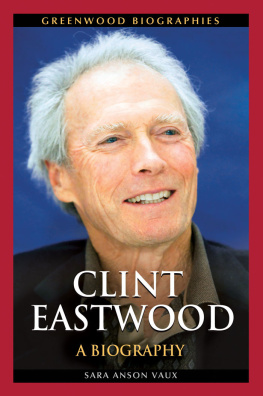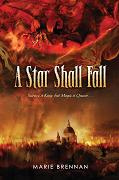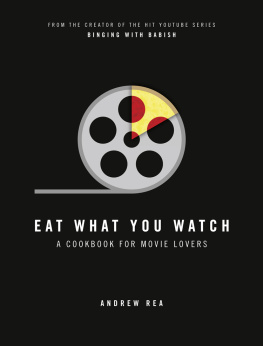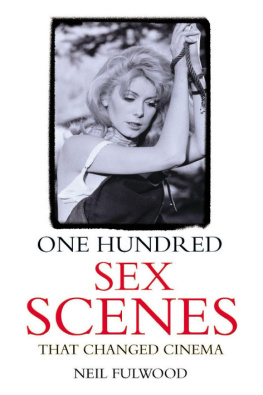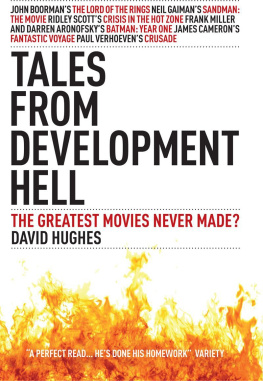
Also by GENE FREESE
AND FROM MCFARLAND
Richard Jaeckel, Hollywoods Man of Character (2016)
Jock Mahoney: The Life and Films of a Hollywood Stuntman (2014)
Hollywood Stunt Performers, 1910s1970s: A Biographical Dictionary, 2d ed. (2014)
Classic Movie Fight Scenes
75 Years of Bare Knuckle Brawls, 19141989
Gene Freese

McFarland & Company, Inc., Publishers
Jefferson, North Carolina
LIBRARY OF CONGRESS CATALOGUING DATA ARE AVAILABLE
BRITISH LIBRARY CATALOGUING DATA ARE AVAILABLE
e-ISBN: 978-1-4766-2935-3
2017 Gene Freese. All rights reserved
No part of this book may be reproduced or transmitted in any form or by any means, electronic or mechanical, including photocopying or recording, or by any information storage and retrieval system, without permission in writing from the publisher.
Front cover: John Wayne as Tom Dunson and Montgomery Clift as Matt Garth in Red River, 1948 (United Artists/Photofest)
McFarland & Company, Inc., Publishers
Box 611, Jefferson, North Carolina 28640
www.mcfarlandpub.com
Preface
I have been interested in movie fights as long as I can remember. As a youngster, they appealed to my own sense of athleticism and identification of heroic role models overcoming adversity. Its easy to cheer John Wayne when he gives a bad guy what he deserves on the chin.
Fight scenes tap into macho attitudes and red-blooded male sensibilities. In the early 1980s, cable television began showing movies day and night. The first I recall was Any Which Way You Can (1980) featuring Clint Eastwoods highly anticipated slugfest with William Smith. HBO showed that often and I watched it a dozen or more times. The monumental exchange of punches was mesmerizing.
I sought out John Wayne and Victor McLaglens epic brawl in The Quiet Man (1952). That led to Wayne and Randolph Scotts famous battle in The Spoilers (1942). Bruce Lee and Chuck Norris in Way of the Dragon (1972) created excitement in martial arts. Charles Bronson taking on Robert Tessier and Nick Dimitri in Hard Times (1975) was bare-knuckle nirvana. The famous Sean ConneryRobert Shaw train fight in From Russia with Love (1963) delivered the goods, and the legend of the no-holds-barred fight between Rod Taylor and William Smith in Darker Than Amber (1970) stirred further interest in the subject.
While there have been books dedicated to stage combat training and fight scene choreography, there hasnt been a book examining fight scenes themselves in detail. This will be the first. Fight scenes have been around since the early days of silent film and their evolution merits historical interest.
The filming and presentation of fight scenes changed in the 1990s with advances in computer technology so I chose 1989 as a cut-off date for this project. In researching the book, I viewed the films in question and exhausted everything written and commented on or about these scenes and the participants by the studios, the press and the filmmakers.
Introduction
Throughout recorded history there has been an outlet for mans competitive nature in either sport or war. Something innate within mans psychological wiring forces him to prove himself not only to others but to himself in battle. It might be showing off for the opposite sex to attract a mate. It might be natural selection, as only the strongest of a species can survive. It could be a cathartic need to act out violent tendencies and let off steam. It might be vanity fueled by testosterone and adrenaline. Technology has offered advantages in the form of advanced weaponry, but the primitive standby remains brawn against brawn. Who hits the hardest? Who can take a punch and stay on his feet? Who is the toughest? In some ways, its the measure of a man.
From the advent of storytelling on film, many a Third Act has pitted the antagonist against the protagonist in some form of violent conflict resolution. Sometimes this involves a gunfight, a knife fight or a sword duel. Most often its an old-fashioned bare-knuckle brawl with Hollywood ignoring the damage a fist can do to a face outside a trickle of blood from the mouth or nose. In the land of movie play-acting, the participants struggle to a pre-determined outcome, with the best fights having structure and an emotional context between the characters. Customarily the characters are on equal footing in regard to skill level and psychologically equipped to see a battle to its end. The fight is well-rehearsed, and the choreography practiced like a dance routine. Yet it remains a forum for the real individual to assert his manhood. Its an ego trip in a profession famous for egos. Sometimes the actors have the requisite background: former boxers, wrestlers or martial artists who landed in movies because of their look or skill. They are the proverbial last guy youd like to meet in a dark alley. Usually its all artifice.
The best choreographed fights are the ones that have something extra and provide an intense edge. Its possible the stars involved are doing their own stunts. Maybe they brought a boosted energy to the proceedings, which can drag on for days to capture what lasts a handful of minutes on screen. Perhaps the actors involved truly dislike one another and play extra rough for the cameras. Hollywood tough guys have been known to get carried away while throwing fake punches that on occasion become all too real. Sometimes its the emotion of the character or the urgency of the situation. Oftentimes its the location that makes a fight interesting. It might be a raging river, a high cliff or a pit of mud. Even then, it takes pros behind the camera in the form of the director, fight coordinator and cameraman to capture it all correctly. Editors and music conductors have the ability to make a fight noteworthy in post-production. Mostly its the brawlers themselves: Hollywood he-men going mano a mano to discover the toughest fighter in the land of make-believe. Or at least, other guys wearing their clothes while pretending to be them.
Stunt doubles keep the stars out of physical danger and the investors insurance companies happy. In the early days of Hollywood, little effort was made to disguise this fact. Occasionally the stunt double and star were so obviously mismatched as to lend an air of comedy to the proceedings. In retrospect, early fights could look comical. Stuntmen often improvised quickly with pulled punches, open-handed slaps to the shoulder, and old-fashioned wrestling in the dirt. Action was captured with a static camera placement and hope for the best. Still there were good fights from the silent era, most notably in The Spoilers (1914) with William Farnum and Tom Santschi exchanging actual damage-inducing blows. They were among a handful of actors from this period who were unafraid to take lumps. Reel fights must be real, I.E. Eubanks wrote in Motion Picture magazine in 1917. Good fighting is good acting.
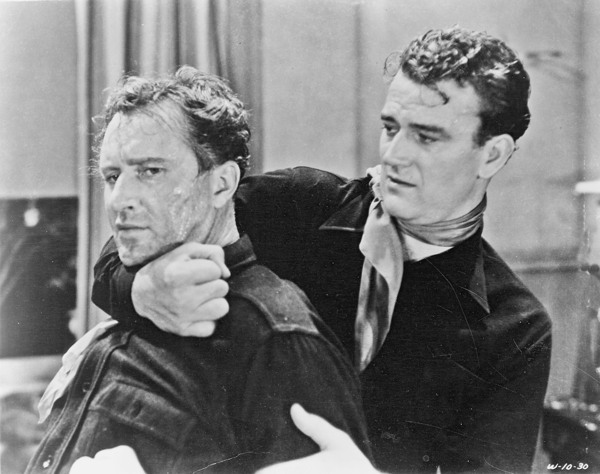
Yakima Canutt (left) and John Wayne are credited as the architects of the choreographed fight scene. Here they fight in MonogramsParadise Canyon(1935).
The brawling buddy picture originated with Edmund Lowe and Victor McLaglens Quirt and Flagg characters in Raoul Walshs
Next page

